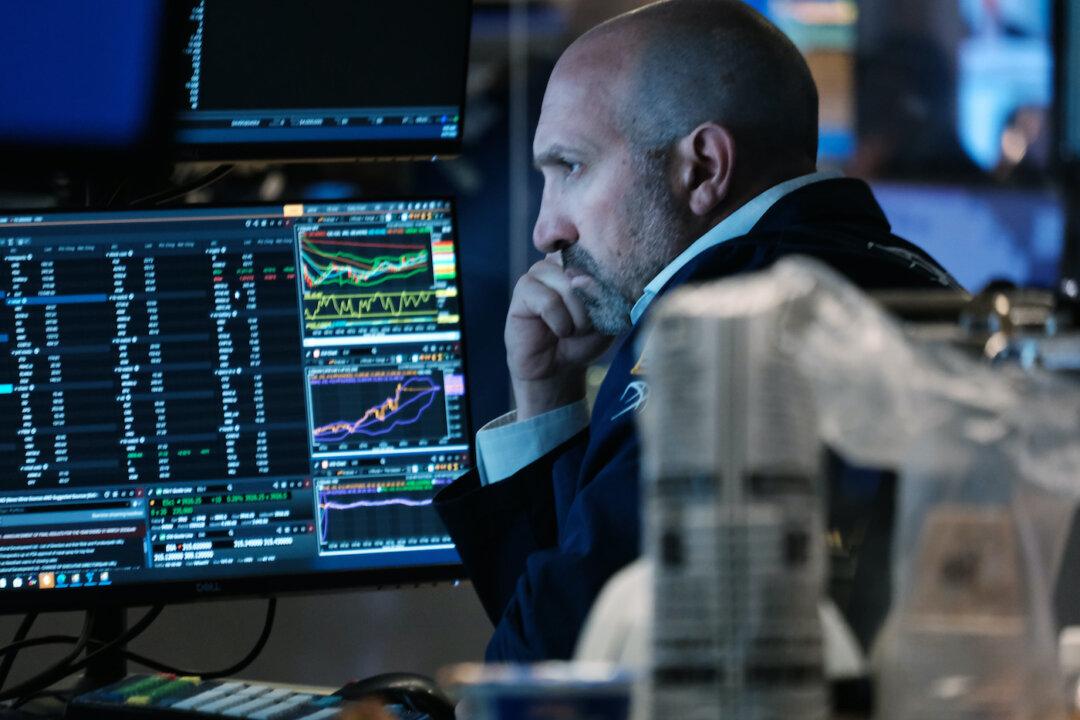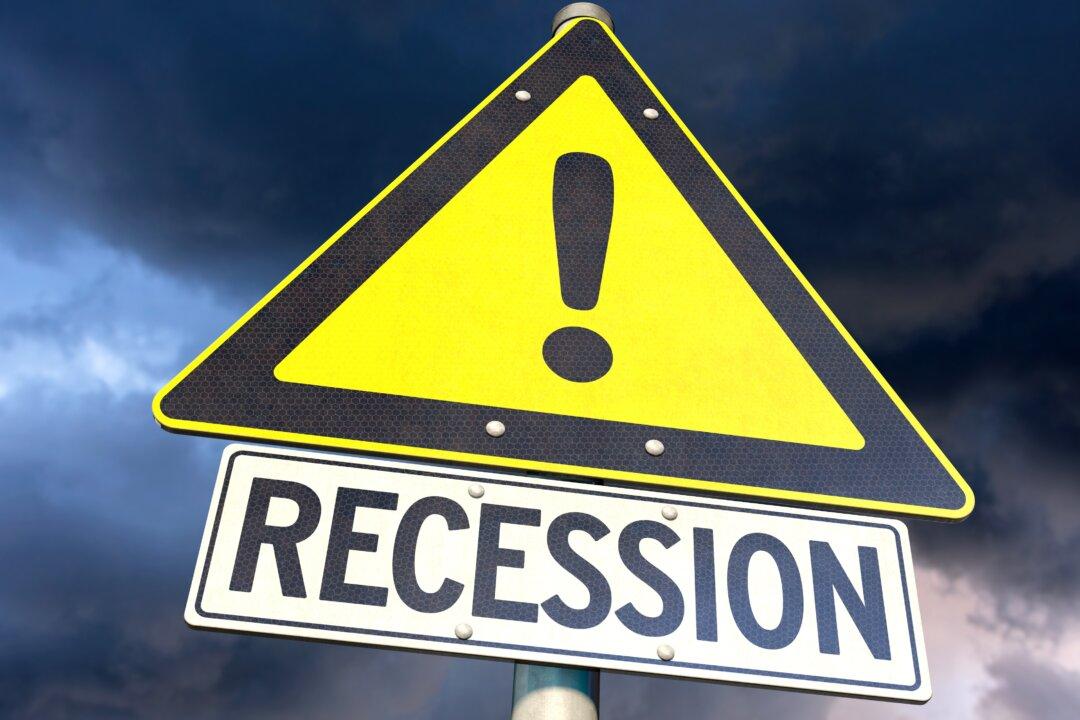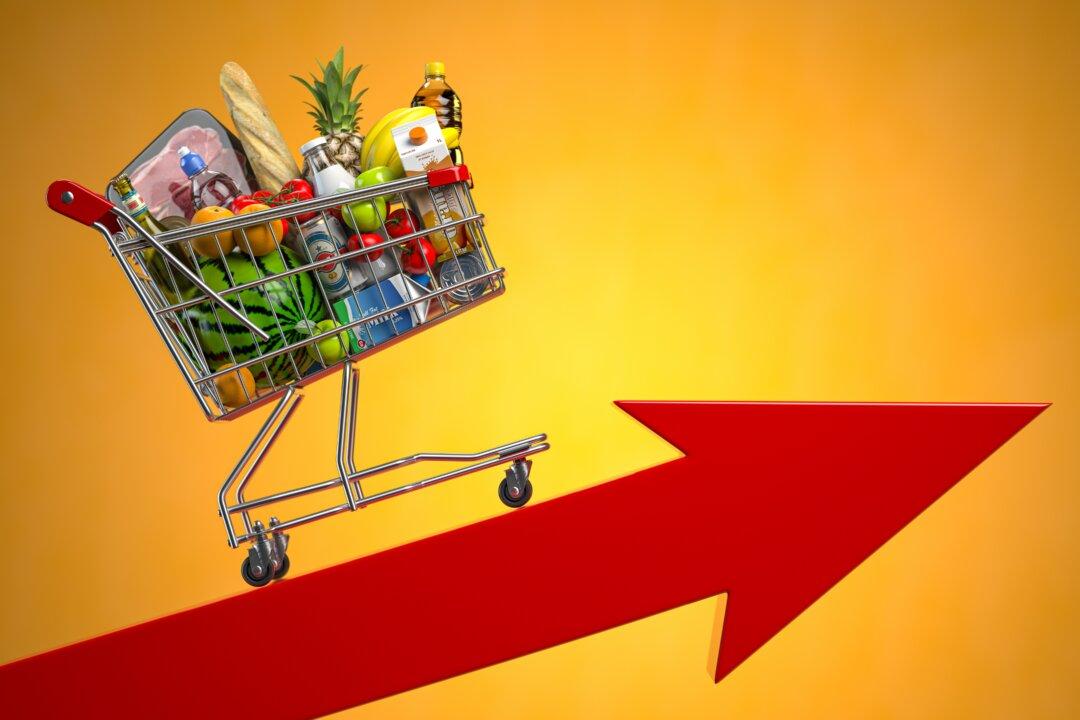Commentary
In a matter of months, the future hasn’t just dimmed, it has gone black. Think back to the end of last year, or even the first few months of this year. The U.S. economy’s “technical recession” was a complete surprise. Even though gasoline and food prices had been pushed higher along with those for far too many goods, everyone from policymakers to politicians to corporate managers was still highly optimistic.





